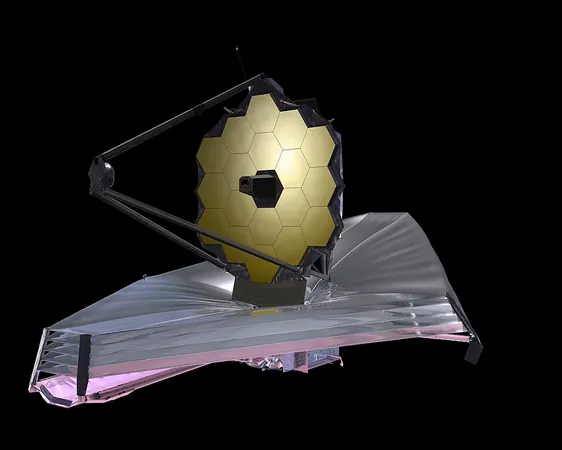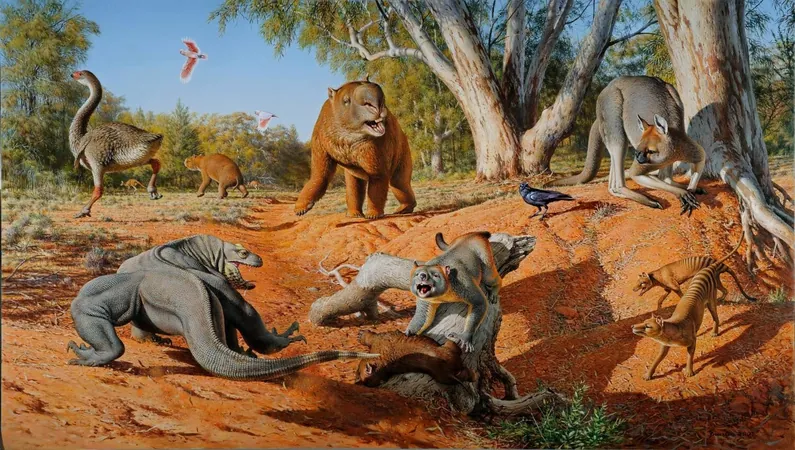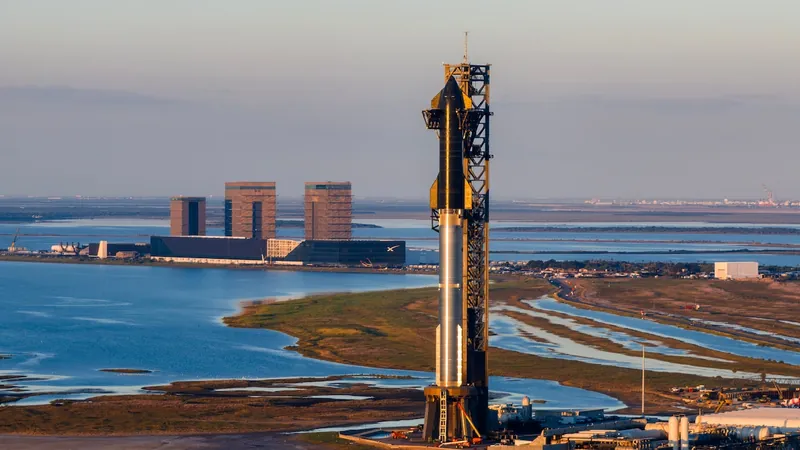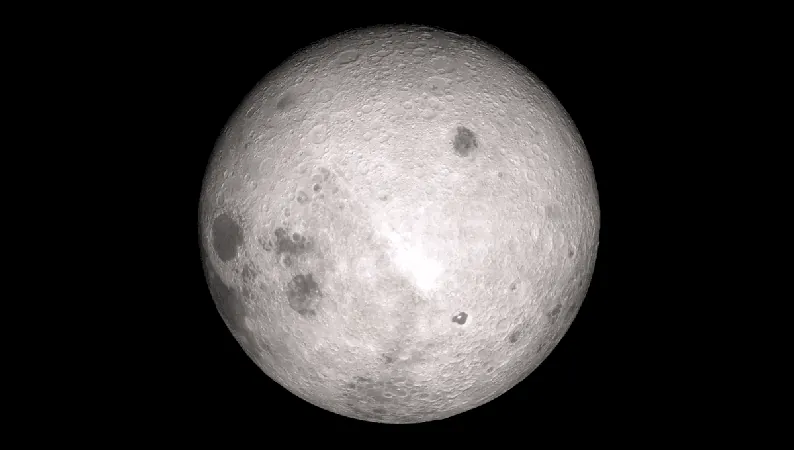
Breaking News: James Webb Space Telescope Validates Hubble's Constant Findings and Unveils New Cosmic Insights!
2024-11-17
Author: Michael
Introduction
In a groundbreaking development for astrophysics, the James Webb Space Telescope (JWST) has confirmed the measurements of the Hubble Constant (H0) first established by the legendary Hubble Space Telescope (HST). This constant, which quantifies how quickly the universe is expanding, has been a subject of intense scrutiny and debate among scientists for decades.
Importance of the Hubble Constant
The Hubble Constant is critical in our understanding of the cosmos, linking the velocity at which distant galaxies are moving away from us to their respective distances. First proposed by Edwin Hubble in 1929, it essentially measures how fast our universe is stretching. Expressed in kilometers per second per megaparsec, scientists have grappled with its precise value, which is essential for determining the age and ultimate fate of the universe.
Recent Research Findings
A collaborative research effort led by Adam G. Riess from Johns Hopkins University recently published findings that bolster the accuracy of the Hubble Constant measurements. Using the advanced capabilities of the JWST, the team delved into earlier research involving the cepheid/supernova distance ladder—a method to measure vast cosmic distances through known brightness of certain astronomical objects. Cepheid variable stars and Type 1a supernovae are often regarded as 'standard candles' in astronomy because their intrinsic luminosity is well-cataloged. This allows for a direct comparison of their observed brightness from Earth to calculate their distances.
Challenges and Solutions
Despite decades of rigorous attempts to pin down H0, discrepancies have arisen, leading to the so-called 'Hubble tension'—the difference in measurements obtained through various methods, including analyses of the cosmic microwave background. The latest JWST data brings hope of reconciling these conflicting figures and enhancing our cosmological understanding.
Methodology
To achieve more precise results, the researchers faced the challenge of acquiring a sufficiently large sample of cepheids and supernovae in proximity to one another. The study also employed alternative techniques, such as examining bright red giant stars and specific carbon-rich stars as additional standard candles.
Conclusion and Future Prospects
Ultimately, combining JWST observations with necessary corrections, the team concluded that the Hubble Constant stands at an impressive 72.6 ± 2.0 km/s/Mpc, aligning closely with previous HST findings, which indicated a value of 72.8 km/s/Mpc.
Moving forward, astronomers anticipate that with additional data collection from JWST over the coming years, they may definitively refine this constant. The convergence of these measurements not only exemplifies the intricacies of cosmic research but also highlights the collaborative nature of modern astronomy in unraveling the mysteries of the universe.
Collaboration Between JWST and HST
In a world where scientific exploration often feels like a race against time, the cooperation between the JWST and HST heralds a new era in our understanding of cosmic expansion. Brace yourself, as we inch closer to unveiling the true nature of our universe!









 Brasil (PT)
Brasil (PT)
 Canada (EN)
Canada (EN)
 Chile (ES)
Chile (ES)
 España (ES)
España (ES)
 France (FR)
France (FR)
 Hong Kong (EN)
Hong Kong (EN)
 Italia (IT)
Italia (IT)
 日本 (JA)
日本 (JA)
 Magyarország (HU)
Magyarország (HU)
 Norge (NO)
Norge (NO)
 Polska (PL)
Polska (PL)
 Schweiz (DE)
Schweiz (DE)
 Singapore (EN)
Singapore (EN)
 Sverige (SV)
Sverige (SV)
 Suomi (FI)
Suomi (FI)
 Türkiye (TR)
Türkiye (TR)